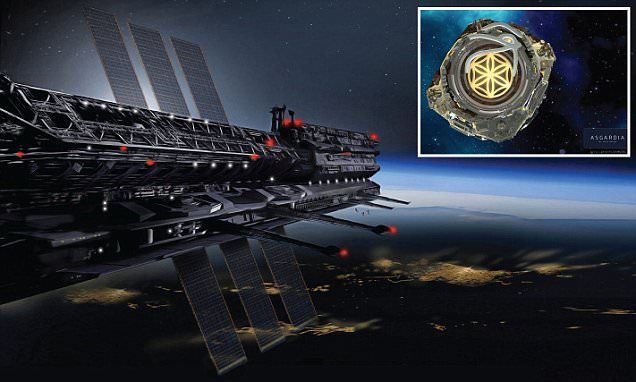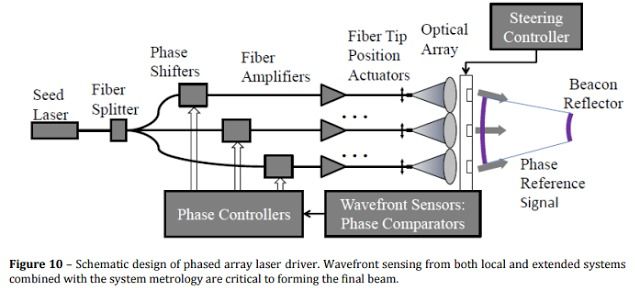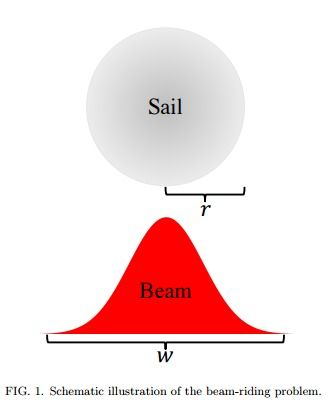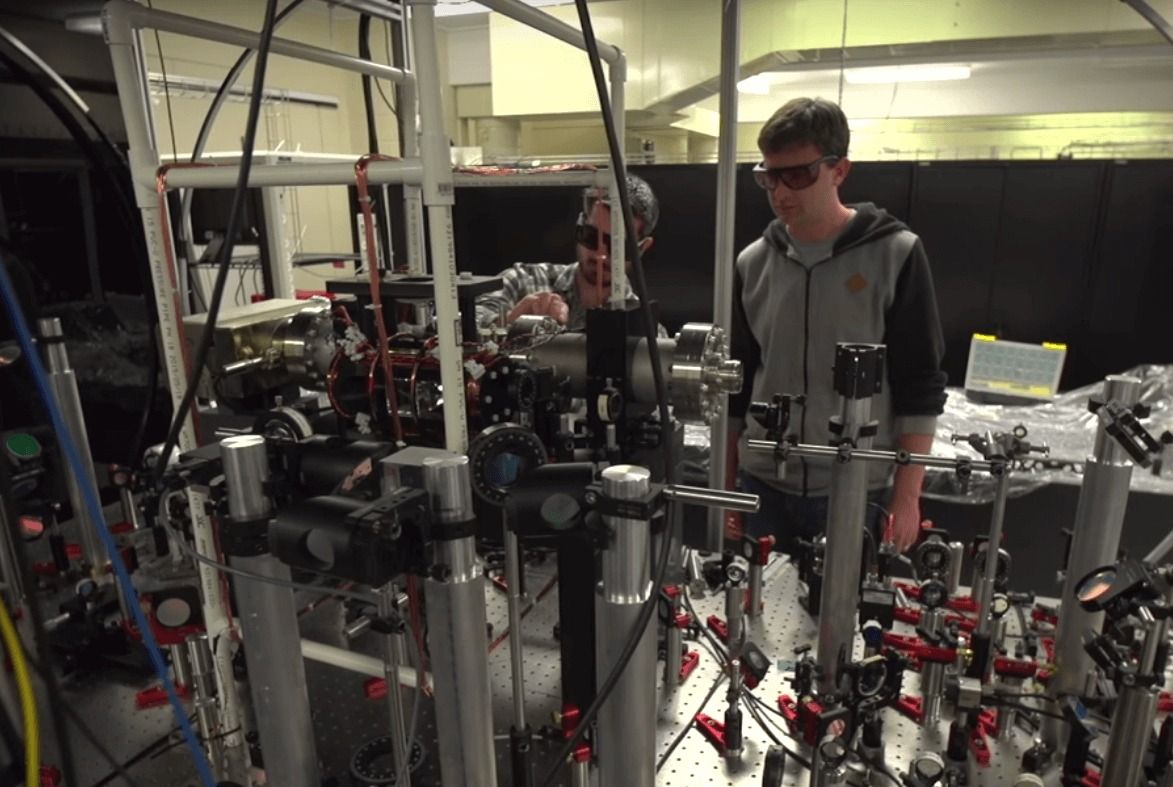
Kobi is a modular robot that’s basically a Roomba for snow and leaves. It’ll mulch grass and leaves, throw snow into a dedicated area, and mow the lawn. You have to define its physical boundaries through its app and where to dump the leaves and snow, but after that, the company says Kobi apparently can figure out its way and remember the route it needs to take. It’s equipped with a GPS and sensors to help avoid obstacles, and you can even put snow tires on it! Kobi starts at $3,999, but we don’t know when preorders will open.
The idea of an autonomous snow blower is amazing. I hate snow, and I hate cold weather, so this is all great for me. Kobi can throw snow up to 40 feet! I just wish Kobi could shovel off my car windows. Autonomous lawnmowers already exist, but I guess the appeal of Kobi is that one device can do everything.
Now that I feel like I have a solid understanding of Kobi, I do have a few questions regarding an image on Kobi’s website. Please see here:
Continue reading “My new robot friend Kobi loves to mow the lawn and plow snow” »



















